‘Shanshan’ churns up Japan; up to 6 dead
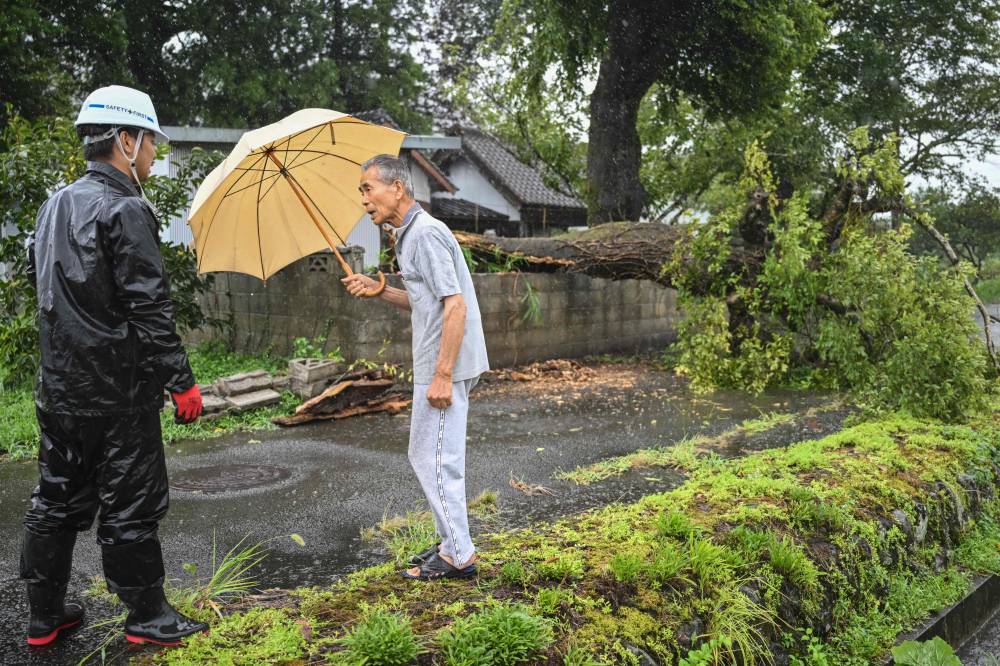
BEPPU, Japan—Typhoon “Shanshan” dumped record rains Friday as it slowly churned up through Japan, triggering transport havoc and widespread warnings of landslides with up to six people killed.
The typhoon, one of the fiercest to hit Japan in decades, has weakened and was forecast to ease to tropical cyclone strength by Monday, though gusts were still reaching 126 kilometers (78 miles) per hour early Friday.
Even before making landfall on the island of Kyushu, a landslide caused by the heavy rains preceding it killed three members of the same family late Tuesday in Aichi prefecture, around 1,000 kilometers (600 miles) away.
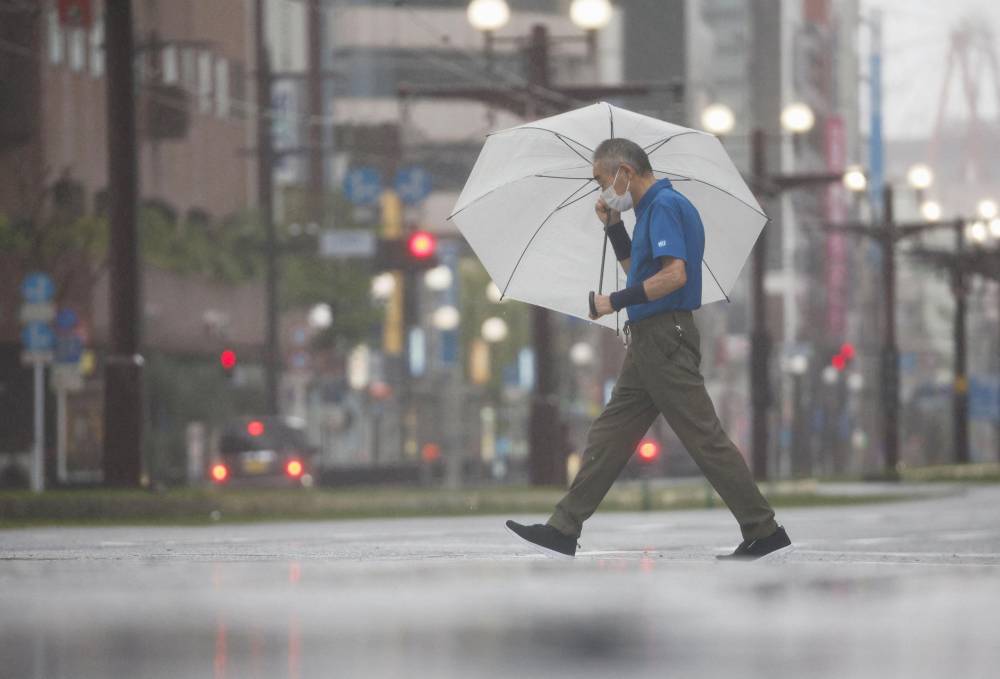
Government spokesperson Yoshimasa Hayashi confirmed four deaths but said that in one case, “the relation to the typhoon was being studied.”
Two more were feared dead and two others were missing, Hayashi said.
Eight people were seriously hurt and 70 others had light injuries, he said, with many hurt by broken glass after the typhoon smashed windows and ripped tiles off roofs when it slammed into Kyushu on Thursday with gusts up to 252 kph.
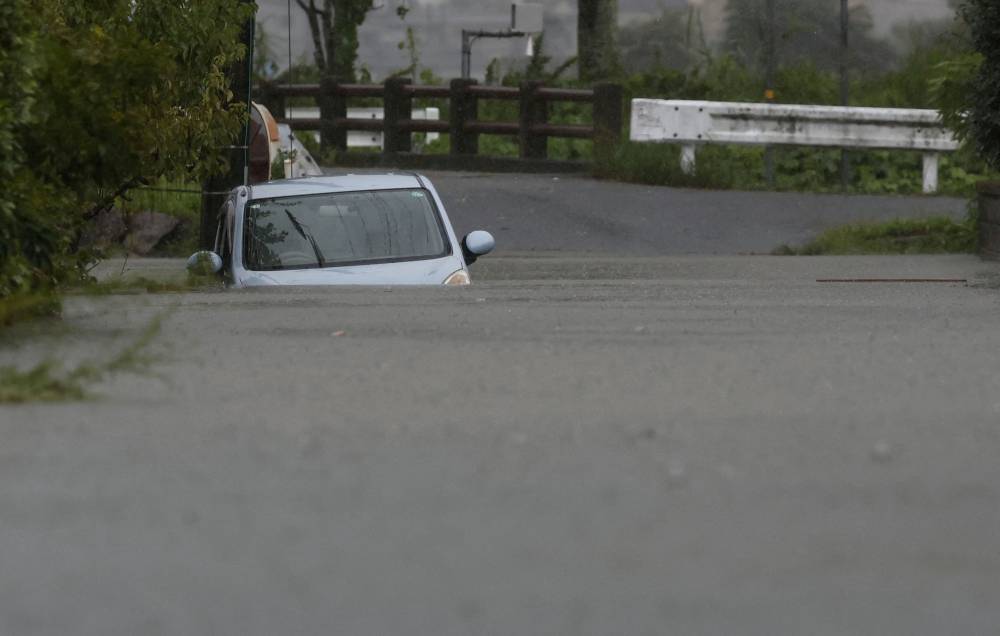
Almost 200 buildings were damaged.
Climate change
Typhoons in the region have been forming closer to coastlines, intensifying more rapidly and lasting longer over land due to climate change, according to a study released in July.
Another published by World Weather Attribution (WWA) on Thursday said that climate change had turbocharged Typhoon “Gaemi,” which killed dozens of people across the Philippines, Taiwan and China last month.
A similar rapid attribution analysis from Imperial College London using peer-reviewed methodology calculated that Typhoon Shanshan’s winds were made 26 percent more likely by a warming planet.
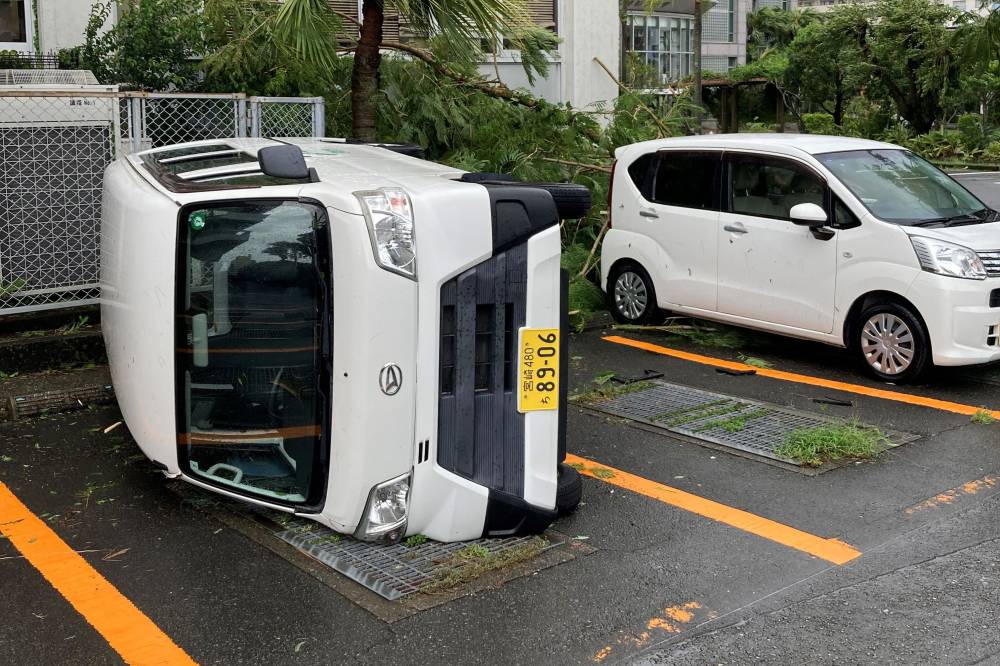
“Without phasing out fossil fuels, the root cause of climate change, typhoons will bring even greater devastation to Japan,” said Ralf Toumi, director of the Grantham Institute at Imperial.
Japanese authorities issued their highest alert in several areas, with more than 5 million people advised to evacuate, although it was unclear how many did.
Record rains
The Japan Meteorological Agency issued alerts for possible landslides in many parts of Kyushu and as far away as Shizuoka on the main island of Honshu, the Tokyo region and nearby Kanagawa.
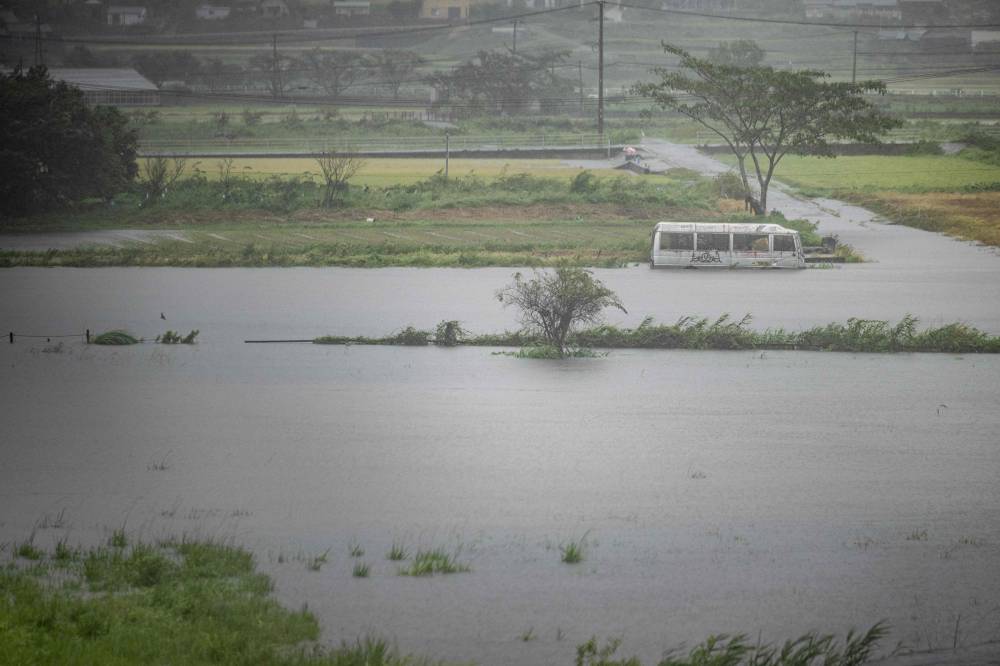
Some parts of Kyushu saw record rains for August, with the town of Misato recording a staggering 791.5 millimeters (31 inches) in 48 hours, the Japan Meteorological Agency said.
Kitakyushu in Kyushu saw 474 mm in the 24 hours to Friday morning, the most since 2012, when comparative data began to be collected. Nearby Kunimi had 384.5 mm, the most since records began in 1977.
AFP is one of the world's three major news agencies, and the only European one. Its mission is to provide rapid, comprehensive, impartial and verified coverage of the news and issues that shape our daily lives.

















